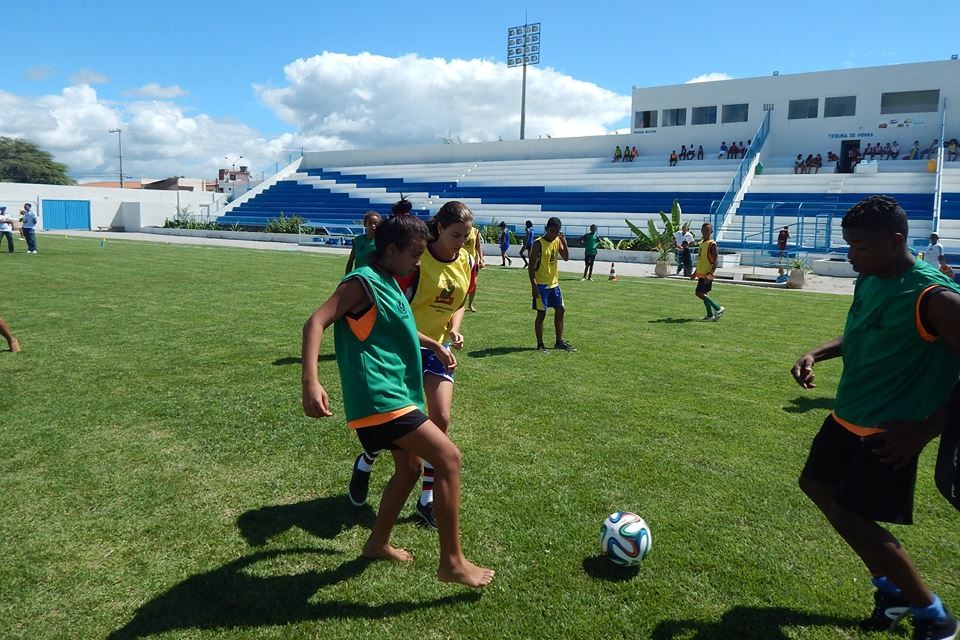How soccer can save the world
SUBMITTED BY YASMINE CATHELL ON MON, 03/01/2010
Soccer (aka football) is more than just a fun, popular, international sport. Soccer plays a role in international development by funding global education, effecting positive social change and producing renewable energy. Yes, renewable energy.
Soccer and Society
Soccer is unique in that it crosses all geographic, ethnic and religious boundaries. While almost everyone on this planet knows of, plays or has watched others play football, aside from goals scored and long standing team rivalries, rarely do we hear about the more important value and ability for this and other sports to effect positive social change.

Sports engage people, foster teamwork, release endorphins and teach young people important life lessons about hard work, dedication and relying on others. Perhaps more importantly, sports like soccer help to keep kids off the streets and away from drugs and violence. Since this is particularly true and important in the developing world, I was excited to discover that there are a surprising number of organizations out there trying to do good through soccer. Beyond Sport brings these organizations together by promoting, developing, and funding the use of sport to create positive social change around the world. It connects these sports do-gooders through an awards program, an annual summit and a networking platform.
Soccer and Education
With traditional forms of foreign assistance falling short, education advocates are looking for an innovative approach to financing global education and the answer seems to be soccer. The UN has recently asked FIFA to institute a 0.4 percent educational tax on broadcasting and sponsorship revenues from the upcoming 2010 World Cup as well as the five European leagues until 2015. The tax would generate an estimated $48 million per year until the next World Cup in 2014 and could help give 2 million children access to a basic education. The impact this kind of funding could have is crucial, especially in a time when traditional sources of funding are stagnating and even declining (2007) according to studies by the Organization for Economic Co-operation and Development (OECD).
Soccer and Energy
Ever wonder what happens to the energy generated by a kick, pass or dribble? Although I’ve always been an avid soccer fan I can’t say that this thought has ever crossed my mind, but fortunately that was not the case for 4 girls in an engineering class who came up with this brilliant idea. They call it a sOccket and are currently finalizing this soccer ball of the future. The ball absorbs the energy of impact, stores it and later makes the energy available to power a light bulb, charge a cell phone, or well, you get the idea. The ball has already been piloted in South Africa and further development is being funded by the youth humanitarian program at the Clinton Global Initiative. This kind of energy would offer an alternative to kerosene lamps, which are frequently used in developing countries and can be harmful to one’s health.
For the many excellent comments on this article, go to the original post. Click here.
